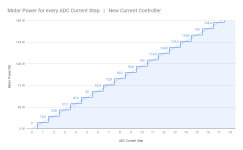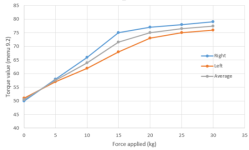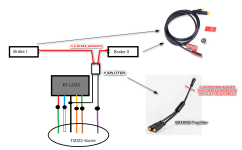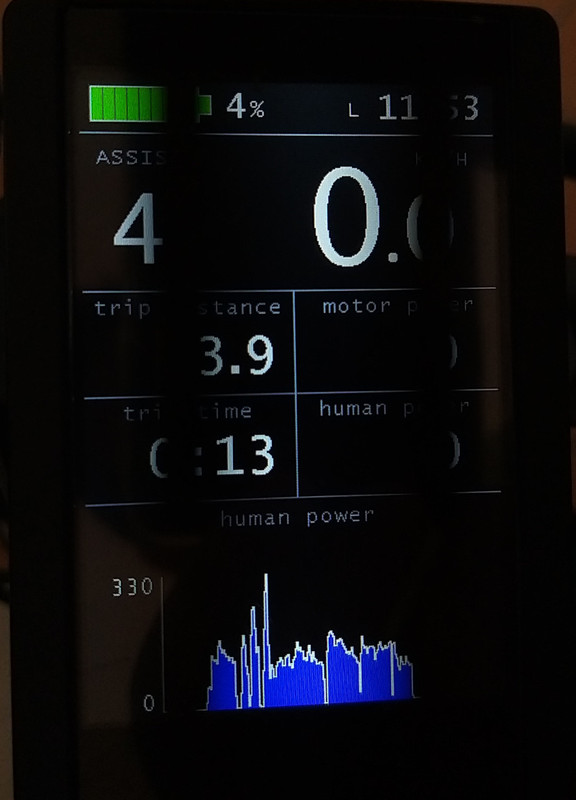jimmyfergus
100 mW
- Joined
- Jul 17, 2018
- Messages
- 49
buba said:I have added so many functions and optimized so much space it is insane. But there is a limit. Trying to make the firmware react so good that we do not need Startup Boost and get some space back.
I definitely think Boost seems like a band-aid that can be discarded if you improve the responsiveness. Personally I would be very happy to see it dropped. It seems to be a frequent pattern with control systems that they accumulate band-aids to try to fix behavior where if you get back to the fundamentals you can avoid them altogether.
I'm assuming that you're also improving the slow-down responsiveness. In 0.19 the run-on is pretty strong, feels like ~1s after stopping pedaling, and to me at high assist even feels like a ramp up and then sudden stop. This is a problem for me with an internal gear hub, where gear shifts are very abrupt - unlike a derailleur when the chain ramps between cogs - I'm pretty sure if my shift comes through under power I'm really stressing that poor blue gear, but avoiding it means a very long, slow gearshift.
I'm also hoping whatever causes set-off to lag sometimes will go away. I'm not running a brake cut-off at present, and I'm not sure if that contributes, but a lot of times I get nothing much for the first revolution or two on set-off, and then a slow ramp-up. I think it's related to having a foot on the pedals when stationary.
I'm looking forward to your new beta - though I'll probably be on vacation.
What recommended sdcc version works for the codebase? I tried a few and got various SEGVs and other issues during compilation.
Thanks for your efforts!







